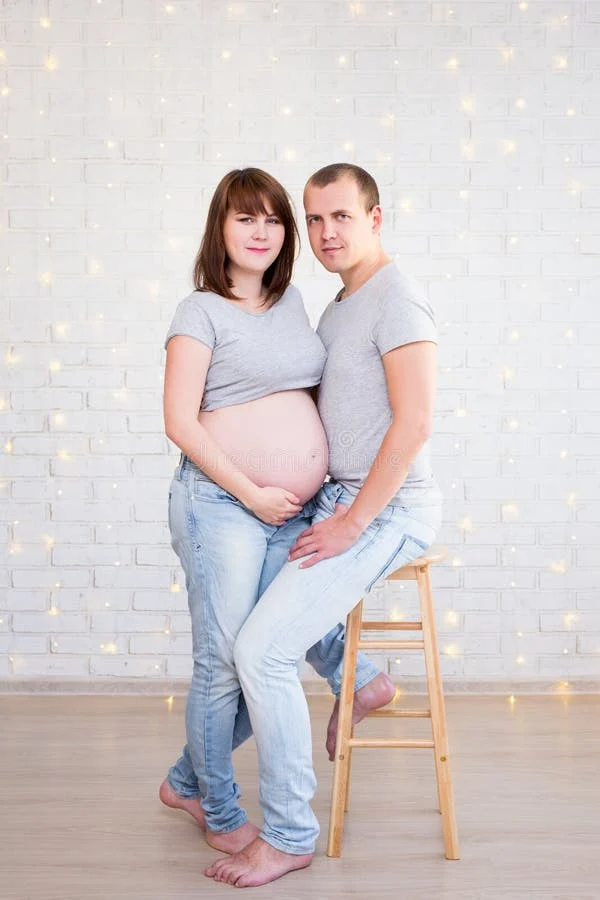An email appeared on my screen, bold and unmistakable: “C just got married over the weekend. How are you holding up?”
At first, I thought, “I’m fine. I’m happy for him and wish him nothing but joy.” But then, the reality of the moment hit me, and I felt a weight settle in my chest.
C, who was once my son-in-law, has found love again. Yet, my mind drifts back to a poignant moment from 18 years ago, when he stood beside my daughter, Emily, as they exchanged vows, promising to support each other in sickness and in health. C remained devoted to Emily during her battle with cancer, witnessing the gradual decline of the vibrant woman he loved, until her last breath. He shared an experience that few can fathom, sacrificing part of his youth yet never complaining.
So now, how do I feel? I am happy for him, but the sadness creeps in. I am weary and grappling with the reality that I feel as if I am losing another connection to Emily, another person who shared in the love we once had. Over the past 16 years since her death, I have watched as others, including family and close friends, have moved forward into new chapters of their lives. C is now free to laugh, love, and embrace life unburdened by grief, a freedom that feels so far from my own reality.
In the last few years, I’ve experienced fleeting moments of joy—brief instances when I can feel alive and vibrant again. However, these moments remain rare. Observing others move forward often leaves me clinging to memories of Emily, unable to relinquish my connection to her. But I recognize that I, too, must find a way to carry on—or risk fading away myself. Emily would want us to celebrate her life by embracing our own. If I allow grief to consume me, then cancer will have claimed yet another life, and that’s not what she would have wished.
Yet, beneath it all, there’s envy and a deep sense of loss. I often ponder whether anyone else feels the void as acutely as I do. The sadness can be overwhelming, appearing unexpectedly and disrupting even the smallest moments of joy. I find myself retreating into a safe, gray place where I can grieve alone, far removed from social interactions that feel insincere. But this safe space is draining. I want to choose life, but the fear of further loss looms large.
When I do step back into life, I often feel anxiety, worrying about the safety of my loved ones. I’ve become overly cautious, to the point of insisting my grandkids wear helmets for mundane activities. I even worry about natural disasters, convinced a rock could crush our home or an earthquake could bury me alive. My husband often questions the likelihood of these fears materializing, reminding me that the odds are slim, just as they were for losing a child.
Grief has its own timeline, and there’s no rush to heal. My love for Emily is personal and profound, unique to me, which is why I feel isolated in my sorrow. Both C and I will carry her memory, a bond that remains unbroken by his remarriage. This brings me to reflect on what “moving on” means to me: does it imply forgetting or erasing? It brings to mind pioneers discarding cherished items to lighten their load, a thought I cannot bear. I refuse to leave Emily behind on some dusty trail; her memory is my comfort.
Memories do not weigh us down; they are light and enduring. They accompany us wherever we go. Even in difficult moments, they reassure us that no one is truly lost. Instead of viewing “moving on” as abandoning Emily, I can reinterpret it as “carrying on with her.”
So when I learned about C’s wedding, I felt gratitude for his opportunity to carry on, to embrace joy once more. This announcement stirred profound sadness, yet it also opened a door for me to join him and others in “carrying on.” This journey does not mean relinquishing Emily; rather, it’s an invitation to continue living in her honor, to breathe, laugh, and love, knowing she would want that for me.
So, how am I coping? To the world, I say, “I’m fine!” But internally, I remind myself, “One step at a time. I’m carrying on. Thank you for your concern.”
For more insights on navigating grief and embracing new beginnings, consider exploring additional resources such as this article on our privacy policy and information on at-home insemination kits. Additionally, Rmany’s blog offers excellent content on pregnancy and home insemination.
Summary
This article reflects on the complex emotions surrounding loss and the transition from “moving on” to “carrying on.” The author shares personal experiences of grief intertwined with the joy of others moving forward, highlighting the importance of memory in the healing process. It emphasizes that love endures even after loss and encourages readers to embrace life while honoring those they’ve lost.
